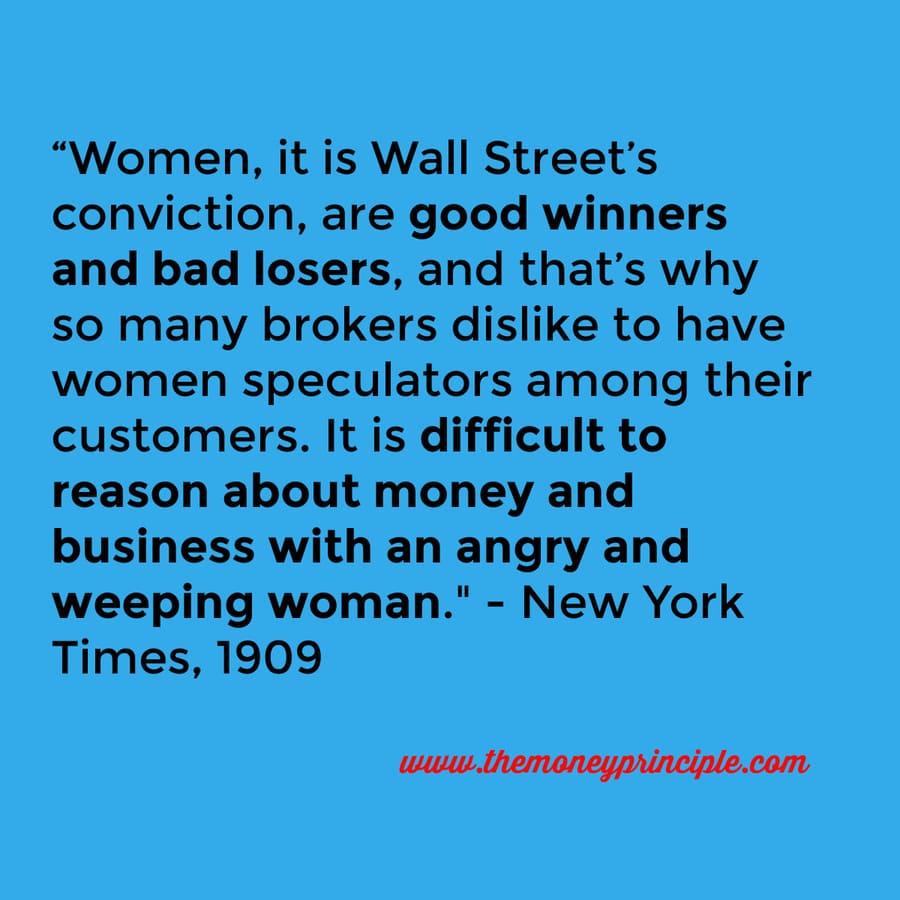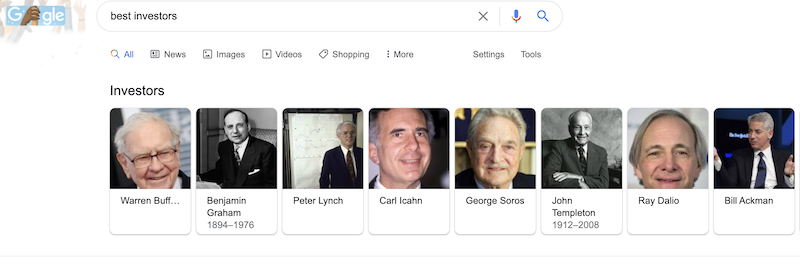It is a truth universally accepted that women investing is a problem.
In the realm of finance, the narrative around women and investing has often been overshadowed by misconceptions and a lack of representation.
Contrary to the dated notion that women primarily spend on trivial things, we know that’s far from the truth. Women are not financially reckless – they are savers, often meticulously so. However, the transition from saving to investing remains a significant hurdle.
The discrepancy between women and men investing is not merely a personal issue.
It has profound implications. With longer lifespans than men, women face unique challenges regarding retirement, healthcare, and elder care funding. Yet, investment participation paints a concerning picture. Research shows that a staggering 70% of women with ISAs opt for Cash ISAs, while a mere 12% delve into other investments, and 20% lack a personal pension plan.
The message is clear: encouraging women to embrace investing is vital.
Education about investing, overcoming fear of loss, and navigating risk aversion are familiar themes in financial discourse aimed at women. Despite these efforts, a glaring gap remains.
Curious why?
Try searching for ‘best investors’ and observe the results. What do you predominantly see? A monochrome tapestry of older, white men.
This imagery subtly but powerfully perpetuates two myths: firstly, that investing is an exclusive club for a certain demographic, and secondly, the glaring absence of female role models in investing.
Role models are more than just inspirational; they are essential in breaking barriers and reshaping narratives. Why should women venture into investing when they see no reflection of themselves in the investment world’s hall of fame?
Let’s shift the focus from didactic lessons to an empowering tale.
I invite you to journey with me as we explore the remarkable story of Hetty Green, the She-Wolf of Wall Street. Her legacy is not just a tale of financial acumen but a testament to the potential of women in the investing world.
Who is Hetty Green?
In the late 19th century, Hetty Green was one of the most powerful financiers in the world. When she died in 1916, she was the US’s wealthiest woman and left a fortune of $100 million (approximately $1.6 billion today).
Just so we are clear about her investing acumen, in ‘The Wealthy 100’, Michael Klepper and Robert Gunther ranked the net worth of exceptionally wealthy Americans according to the percentage of the gross national product their fortunes represent.
Hetty Green is the only woman on the list and ranks five places below Bill Gates and three places above Warren Buffet.
She made most of her fortune while her story is not a ‘rags to riches’ one.
Why Have You not Heard of Hetty Green?
Hetty was the only woman amongst a gaggle of aggressive capitalists in the mid-nineteenth century.
(And we know that many great fortunes were forged around that time because of disruption in technology, mainly railroads.)
I bet you have heard her contemporaries’ names – Andrew Carnegie, Jay Gould, J. P. Morgan, John D. Rockefeller, and the Vanderbilts.
We have all heard about them. Hetty Green’s fortune was comparable with theirs, and yet she is not so widely remembered.
It is not only about being a woman.
Hetty Green was notoriously tight and couldn’t bring herself to spend any money. Hence, she never left a legacy (and frowned on the ones who did.)
How Did Hetty Green Make Her Fortune?

Hetty Green believed that making a fortune was easy. In her own words:
“There is no great secret in fortune making. All you have to do is buy cheap and sell dear, act with thrift and shrewdness, and be persistent.”
The reality is somewhat different.
Hetty comes from a Quaker background where self-belief, simplicity of life, and frugality were values held in high esteem. She was also raised in a wealthy family whose fortune was made in whaling oil.
Her brother died in infancy, and her father’s eyesight was failing. Hence, she started learning about commerce, industry, and investing at an early age – reputedly, she read financial reports and economic articles to her father at the age of six. He explained what she didn’t understand and also taught her not to owe anybody anything.
When she came into her inheritance, she bought and sold real estate, railroads, and mines, held the mortgages of churches, factories, and office buildings, and lent money to whole cities (including New York).
Hetty Green left this advice to investing women:
“I advise women to invest in real estate. It is the collateral to be preferred above all others and the safest means of investing money.”
What Did People Think About Women Investing at the Time?

Let me offer you a quote from an article about women investors published in 1909 in the New York Times:
“Women, it is Wall Street’s conviction, are good winners and bad losers, and that’s why so many brokers dislike to have women speculators among their customers. It is difficult to reason about money and business with an angry and weeping woman. Her view of Wall Street and all its works suddenly becomes entirely emotional, and only a broker with infinite patience can calm her.”
Did Hetty care?
Nope. She just continued buying low, selling dear, and being persistent.
Let this be an example to us all.
Was Hetty Green Mad or Just Incredibly Thrifty?
It has been muted that Hetty Green was mad.
She hated spending money. She pretended to be poor when building a fortune. Hetty took public transportation and lived in a small flat in New Jersey. Her son Ned lost his leg as a child because she, pleading poverty, refused to pay the doctor’s fee and treated him herself.
She was better known as a miser than as an investor.
She was reputed to change her undergarments when they were worn out, never wash her hands or use hot water and have only the dirtiest parts of her dresses washed.
According to some, her madness served a vital purpose – she freed herself to do as she pleased, to live life on terms that she alone determined.
Final Words on Women and Investing
Do you want to know more about Hetty Green’s life and investing?
Read ‘Hetty: The Genius and Madness of America’s First Female Tycoon’ by Charles Slack.
And you want to read about contemporary women rocking the investing world.
Hetty Green is an inspiration to all investing women (minus the extreme frugality, perhaps). We are also blessed – these days, we can ‘invest like girls’ without relying on patient brokers to smooth over our womanly sensibilities.
